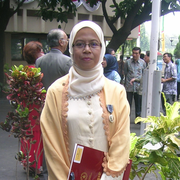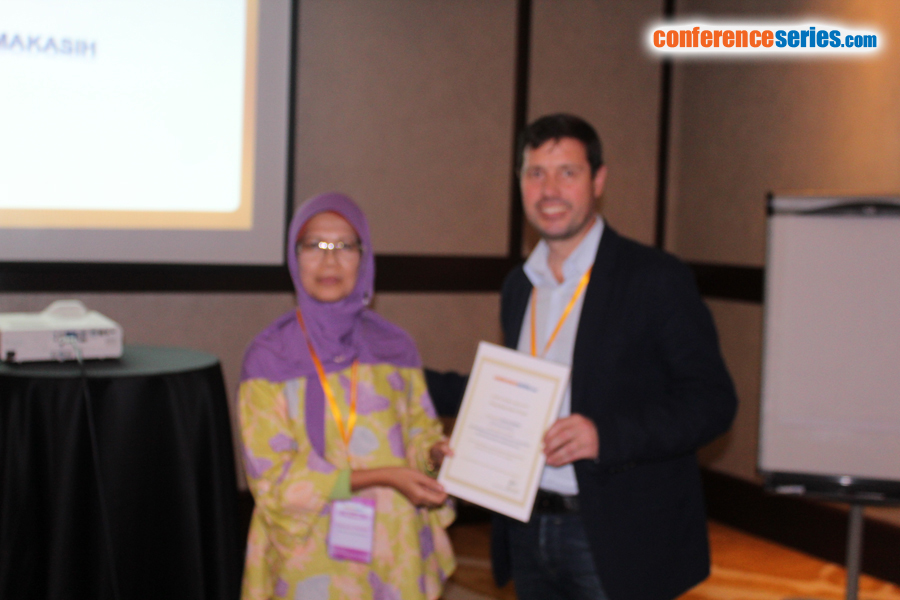
Diniwati Mukhtar
YARSI University, Indonesia
Title: Interindividual differences in the response to aerobic exercise in women abdominal obese with the polymorphism of uncoupling Protein-1 Gene
Biography
Biography: Diniwati Mukhtar
Abstract
The accumulation of excessive fat that could harm health leads to overweight and obesity. Obesity increases risk of cardio-metabolic disorders. The polymorphism of UCP1 gene caused variations in response to regular exercise. This study aims to investigate the influence of low impact aerobics exercise (LIAE) in abdominal obese women who had the polymorphism of UCP1 gene on cardio-metabolic parameters, waist circumference (WC), levels of triglyceride (TG) and inflammatory markers Monocyte Chemo-attractant Protein-1 (MCP1). The study design was non-randomized controlled trial. A total of 55 women subjects moderately obese women were divided into two groups on the basis of location. Thirty-two (32) subjects of LIAE group and 23 non LIAE controlled group, during the study number of steps taken per day was measure by pedometer. Outcome assessments for analyses were completed at baseline and 12 weeks for cardio-metabolic parameters WC, TG and MCP1. Examination of the polymorphism -3826 A>G UCP1 gene was done using PCR technique followed by RFLP technique. The frequencies of three genotypes of -3826 A>G polymorphism of UCP1 gene were AA, AG, and GG were of 21 (38.2%), 27 (49.1%) and 7 (12.7%) respectively with the G allele frequency of 0.40%. Post study obtained the subjects with TG baseline ≥130 mg/dL 100% LIAE responders group, control 55%, while TG<130 mg/dL group 22%. The GG genotypes subjects of UCP1 polymorphism gene with TG≥130 mg/dL were high responders whereas the AA genotypes were low responders. The result was speculated to be due to number of steps per day subjects with TG≥130 mg/dL and GG genotype group of LIAE was higher than non-responders group.


